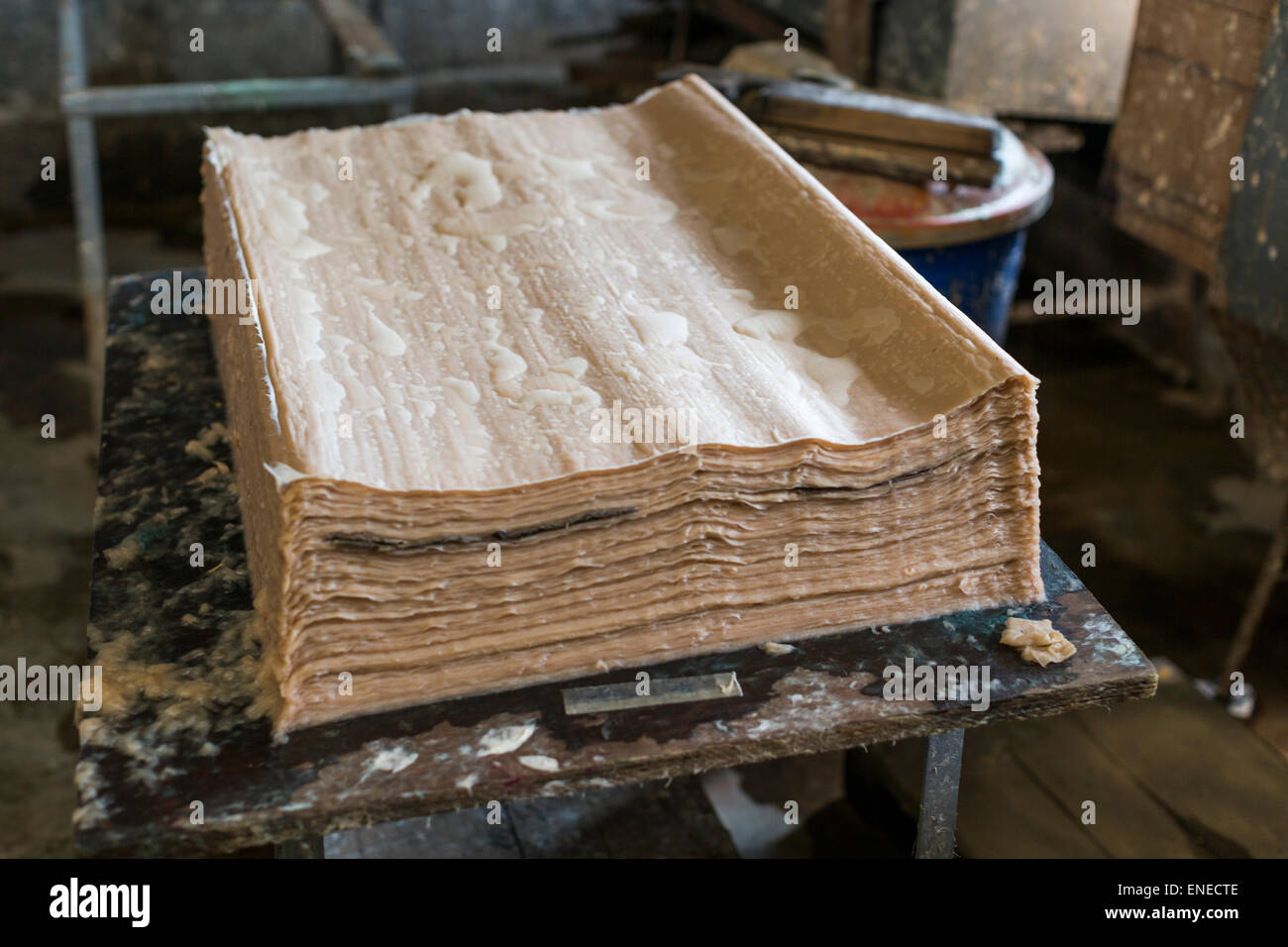Bhutanese Textile Product

Bhutan is renowned for its silk-on-silk textiles that carry sophisticated, embroidery-like patterns. Working on backstrap looms, weavers use a pick-up technique to create designs which are worn by both men and women in daily life. In Bhutan, the creation of cloth is considered a religious act and colour selection a spiritual exercise. It is thought that more than half of Bhutan’s population is actively involved in weaving in one way or another. Broadly, Bhutanese weaving can be split into two categories: Tsongtham, cloth woven for commercial purposes, and Hingtham, cloth woven for relatives and friends. Hingtham, which roughly translates to ‘heart-woven’, hints at the social and spiritual significance of weaving. Popular textiles include Bhutan’s national dress (for men, the gho and for women, the kira), long, loose silk garments that are richly embellished.
step for weaving Kira
The name of every textile product expresses its own distinctive combination of colours, design, pattern and fibre. Weaving pattern is either stripes – vertical for men, and horizontal for women in cotton, silk or wool. Extra designs are made by adding warp threads. Patterns like the vajra (thunderbolt), the swastika, the tree or the wheel, each has their symbolic meanings. Not only the symbols in Bhutanese textiles are primarily of geometric nature, they also possess deep religious meanings for people. Some common symbols include the Dorje, the Drame, the Phenphenma, the Phub, the Yudrung, and the Shinglo.
Showroom For all Bhutanese Textile
Kira for sell with affordable price
 |
Set Yourself On Fire wearing this adorable Kira For Marriage and other occasion Nu. 30,000 |

Washable, Casual and Occasional wear with very subtle color combination.
Nu.15,000
A toego or tego (Dzongkha: སྟོད་གོ་, Wylie: stod go; also romanised tögo) is a long-sleeved, short jacket-like garment worn over a kira by women in Bhutan. The toego is thus part of the national dress of Bhutan required by the driglam namzha along with the kira and wonju.
 |
Tego For sale. Hurry up Guys.. Get your desired colour with an amazing quality. Limited Stock available. Nu.250  Bhutanese handmade Bags for Nu. 400-600 |



